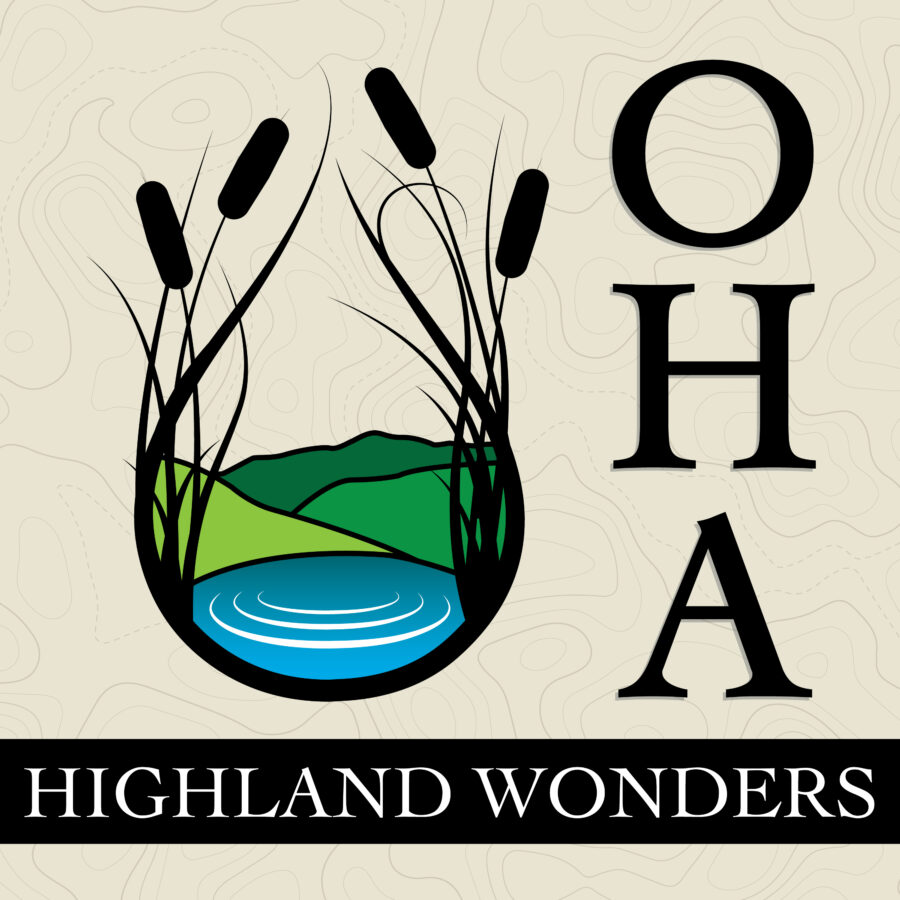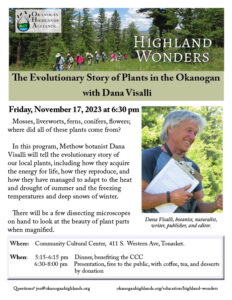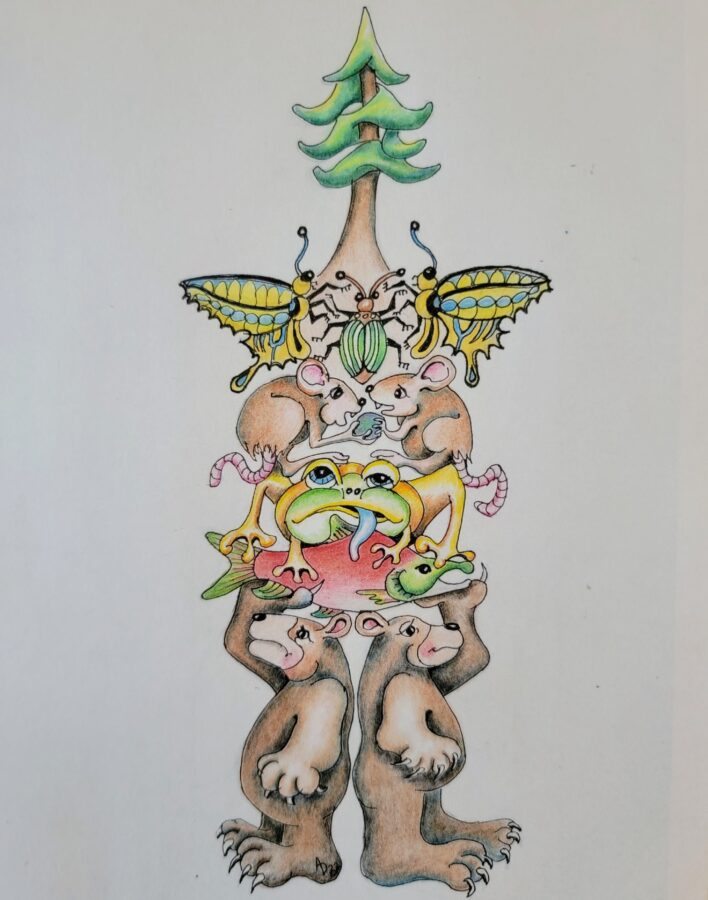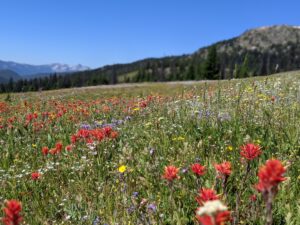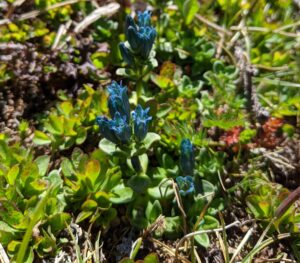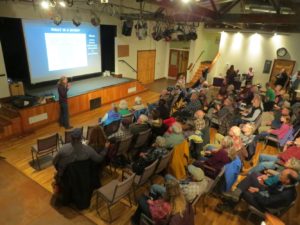Podcast! Grasslands of the Okanogan S4:E1
…with Don Gayton, ecologist and writer
Welcome to Highland Wonders Podcast Season 4!!! We are excited to be back and kicking off the new season with Don Gayton: ecologist, writer, and native grass enthusiast. This episode is sure to push you into the next level of your natural history learning, and to inspire new questions about our native species and ecosystems. At the end, if you are thirsty for more to explore, here are some additional resources to tide you over until you can get back out into the shrub steppe or a highland meadow and see for yourself!
For more about Don Gayton, including his publications and blog, check out his website.
Zoom in and learn more about our native grasses and their distinctive plant parts in Don Gayton’s Grass Identification Primer.
Zoom out with information from the Washington Department of Fish and Wildlife’s Shrub Steppe page, where you can find an overview, a virtual tour and a short film (by Conservation Northwest and WDFW) about Washington’s Shrub Steppe Habitat.
Join a citizen science opportunity! Help to catalog the biodiversity of the Okanogan Highlands through iNaturalist, a great (and free) platform for learning that allows you to submit your photos or audio observations for identification and learning. It’s a really fun way to connect with a community of nature observers and learners of all levels, and has real value in building our understanding of the biodiversity of our area so that we can better steward our place. Once you have a username, please join our local projects to help build a repository of knowledge about the species that inhabit this special place. Here are a couple of projects that we recommend:
Okanogan Highlands Biodiversity Project: Chesaw and Surroundings
Okanogan Highlands Biodiversity Project: Mt Bonaparte and Surroundings
This podcast is produced by Okanogan Highlands Alliance. For more information or to support OHA, visit our website: okanoganhighlands.org
Find the Highland Wonders Podcast:
